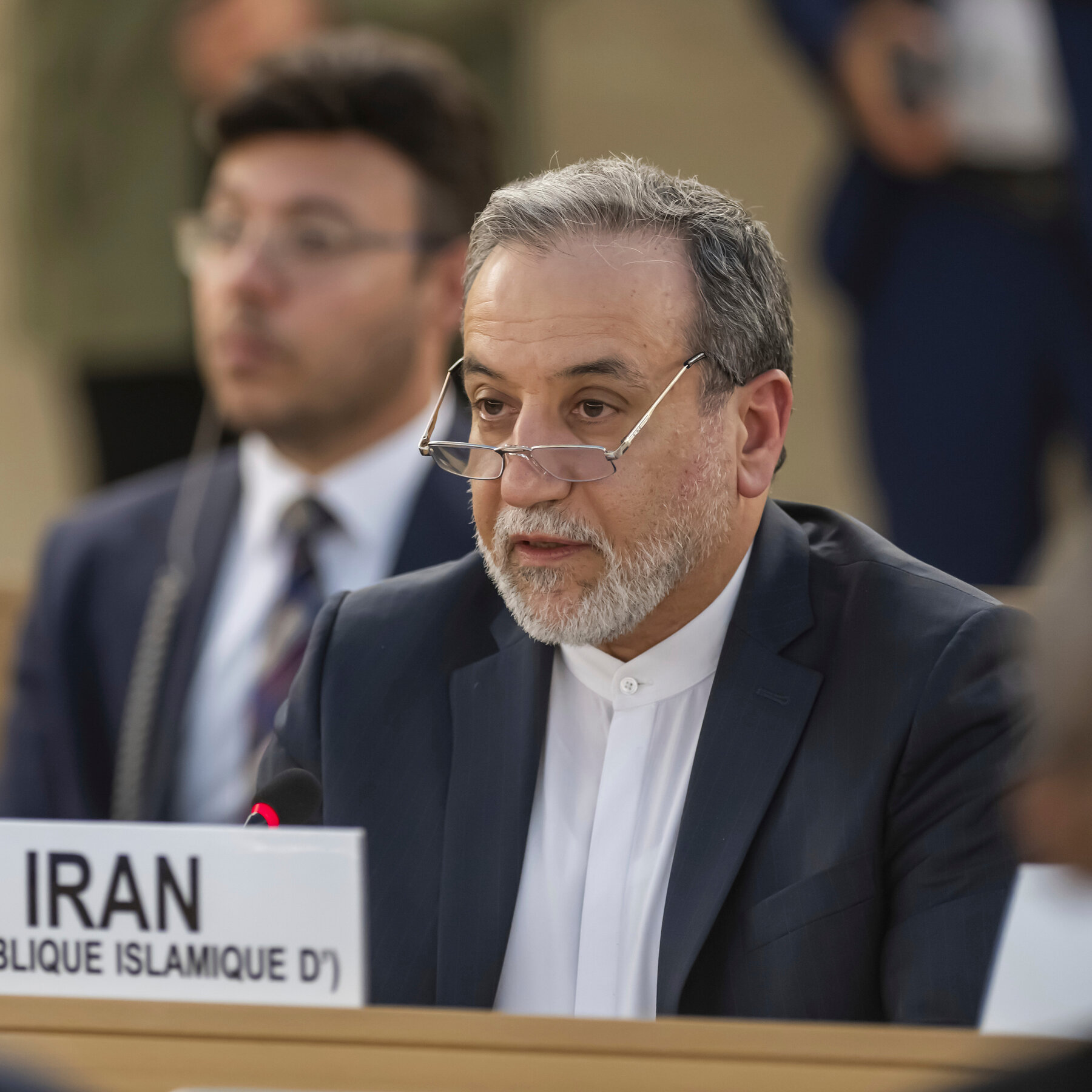Iran Nuclear Dialogue in Geneva Heats Up: Countdown to August 2025 Deadline Intensifies

Geneva Hosts High-Stakes Iran Nuclear Dialogue as New Deadline Looms
The Latest Chapter Unfolds in a Crucial Diplomatic Effort
Geneva emerges as the focal point for the latest round of international negotiations addressing Iran’s nuclear activities. Representatives from the United Kingdom, Germany, and France—frequently referred to collectively as the “Euro-troika”—are meeting Iranian diplomats on 27 July, marking a critical stage in renewed talks. This fresh initiative carries significant weight, coming on the heels of a major escalation in regional hostilities in June and a renewed urgency in multilateral diplomatic channels.
The renewed dialogue is notable not just for its timing, but for the context shaping it. The talks mark the first substantive engagement between Iran and European powers following recent military strikes targeting Iranian nuclear infrastructure, and after stern warnings from Western capitals that failure to resume dialogue could provoke a snap-back of comprehensive international sanctions. For European leaders, securing a sustainable, verifiable framework limiting nuclear activities remains an overriding priority.
Origins and Key Turning Points of the Controversy
At the core lie concerns about uranium enrichment and weapons proliferation. Over more than two decades, Western nations and regional actors have repeatedly raised alarms over Iran’s capacity to expand enrichment beyond previous internationally agreed limits, often citing the Joint Comprehensive Plan of Action from 2015 as a reference point. The preceding agreement capped enrichment at 3.67%, tightly monitored via international inspections. Recently, however, France’s leadership has articulated a preference for even stricter controls, aiming for zero enrichment—an ambition exceeding the original parameters that Iran has consistently resisted.
Another sticking point is Iran’s missile program, widely viewed in Europe as a significant security consideration. European negotiators aim to include ballistic missile activities in the current talks, even as Iranian officials have classified such topics as non-negotiable. This divergence underscores the complexity facing both sides, as they navigate technical benchmarks, red lines, and the broader diplomatic calculus.
A New Timeline Adds Pressure to the Talks
An added dimension is the announcement of a firm deadline. According to credible media reports, the United States, alongside the United Kingdom, Germany, and France, is aligned on a clear timetable: a final deal constraining Iran’s nuclear program, if attainable, should be reached by the end of August 2025. This deadline injects urgency and clarity, providing negotiators and observers with a finite horizon for progress. The timing also leaves a relatively narrow window for agreement, given the technical detail, mutual suspicion, and the high stakes at play.
Throughout these discussions, European countries are striving to sustain direct dialogue while facilitating indirect messages between Tehran and Washington. This go-between role is particularly essential, as Iran has, according to various sources, indicated reluctance to engage directly with U.S. diplomats. Instead, the Europeans act as primary interlocutors, relaying positions while seeking possible compromises that preserve both regional stability and global nonproliferation norms.
Core Terminology and Underlying Diplomatic Dynamics
Understanding the technical and diplomatic language is key to decoding the proceedings. The “E3”—a term used for the United Kingdom, France, and Germany—forms the backbone of Europe’s negotiating leverage. Concepts such as “enrichment,” referring to the process of increasing uranium-235 concentration within uranium, are critical, as higher levels bring civilian nuclear work closer in technical terms to potential weapons applications. “Snap-back sanctions” describe the possibility of rapidly reinstating punitive economic measures if compliance falters.
Regional security and the broader international order are also underlying concerns. The involvement of international organizations, including the United Nations and, previously, the EU’s top diplomatic officials, reflects a decades-long multilateral effort. The 2015 agreement remains a touchstone: a comprehensive accord covering nuclear constraints, transparency, and oversight, hailed as a diplomatic breakthrough but later stressed by subsequent disputes.
Pivotal Developments Shape the Outlook
Several pivotal events frame the current moment. Recent military strikes, combined with explicit warnings from Western capitals, have heightened the costs and consequences of diplomatic failure. Iran’s willingness to attend talks this summer signals both pressure from sustained international engagement and the calculus of avoiding further escalation or renewed sanctions.
The next phase of talks will likely test the resolve and ingenuity of all parties, as they grapple with complex verification mechanisms, regional rivalries, and the intricate logic of international agreements. The declared end-of-August deadline sets a clear trajectory: either a new understanding will be reached within this time frame, or the diplomatic landscape may shift dramatically once again.
The Stakes: Nonproliferation and Regional Stability
At stake is not only the framework governing Iran’s nuclear ambitions, but also the wider architecture of international security. Successful diplomacy would affirm longstanding norms against further nuclear proliferation and provide a model for resolving other intractable disputes. Conversely, a breakdown could usher in a renewed era of confrontation, with far-reaching implications for stability in the Middle East and beyond.
As Geneva hosts these high-level discussions, the world watches closely. The balance between credible restrictions, national sovereignty, and regional deterrence will define not just the outcome of these talks, but also the security paradigm for years to come.
